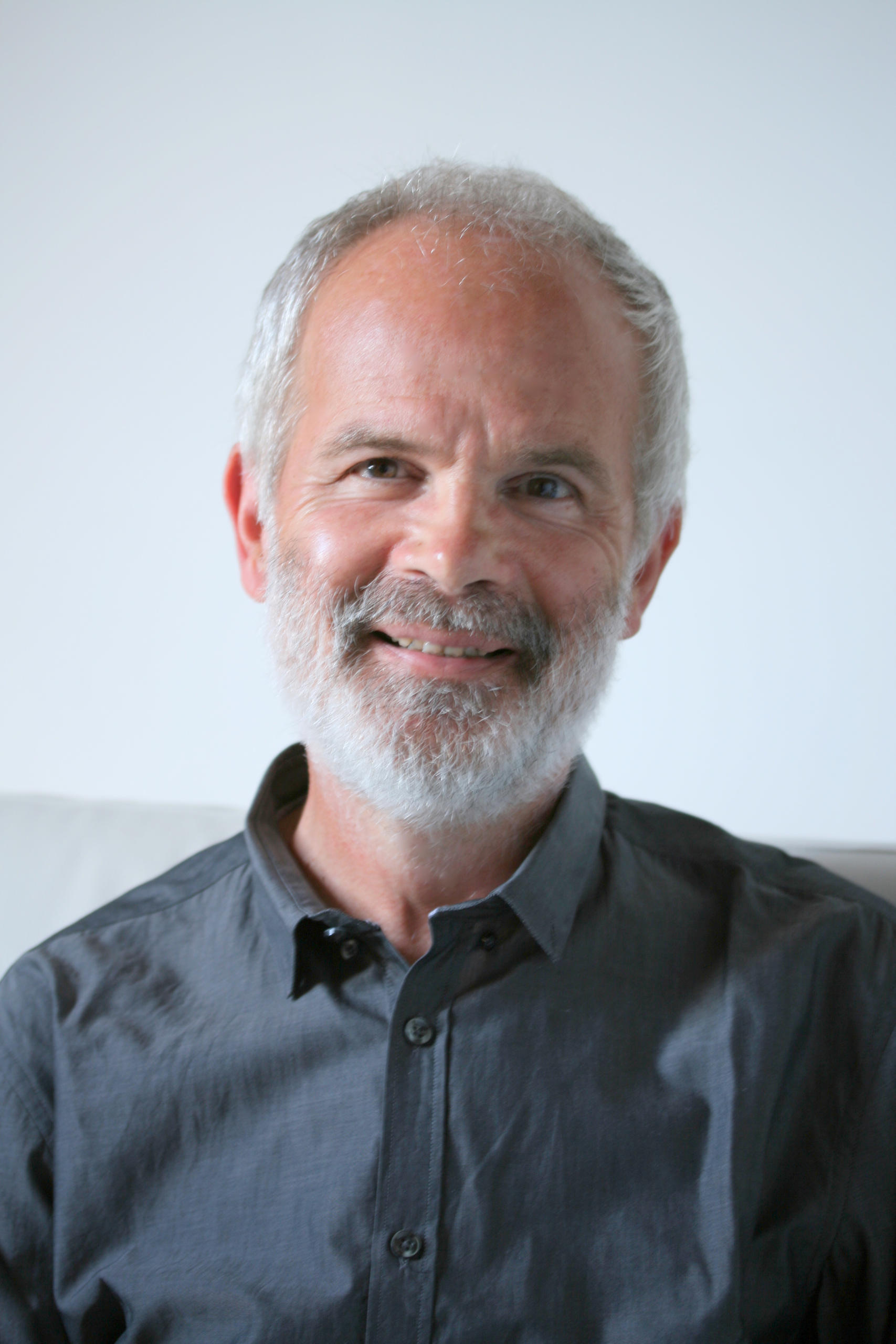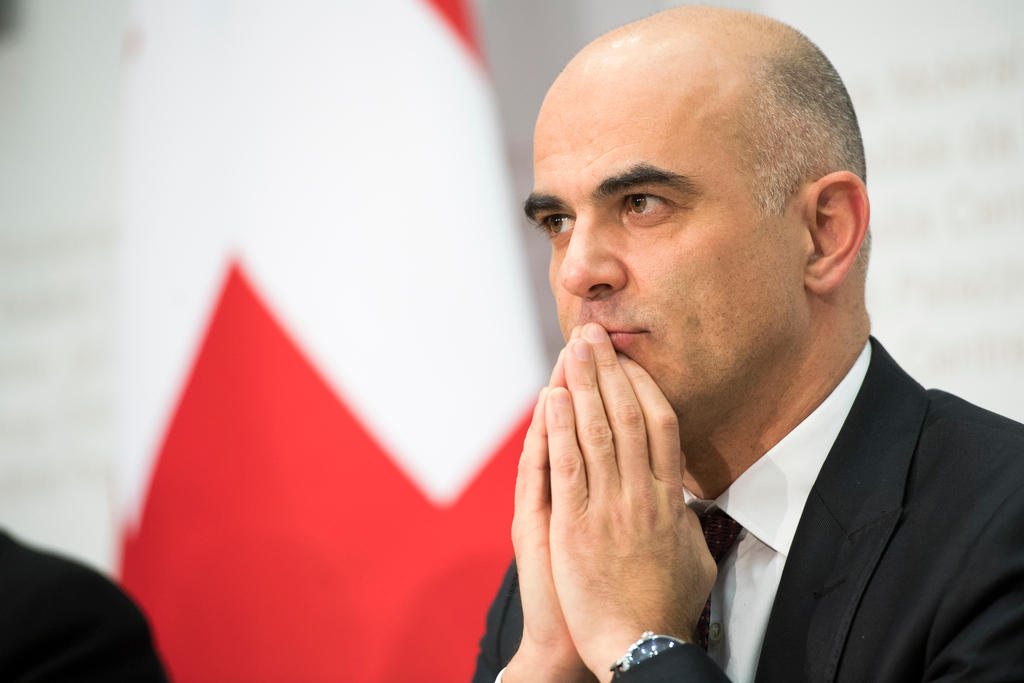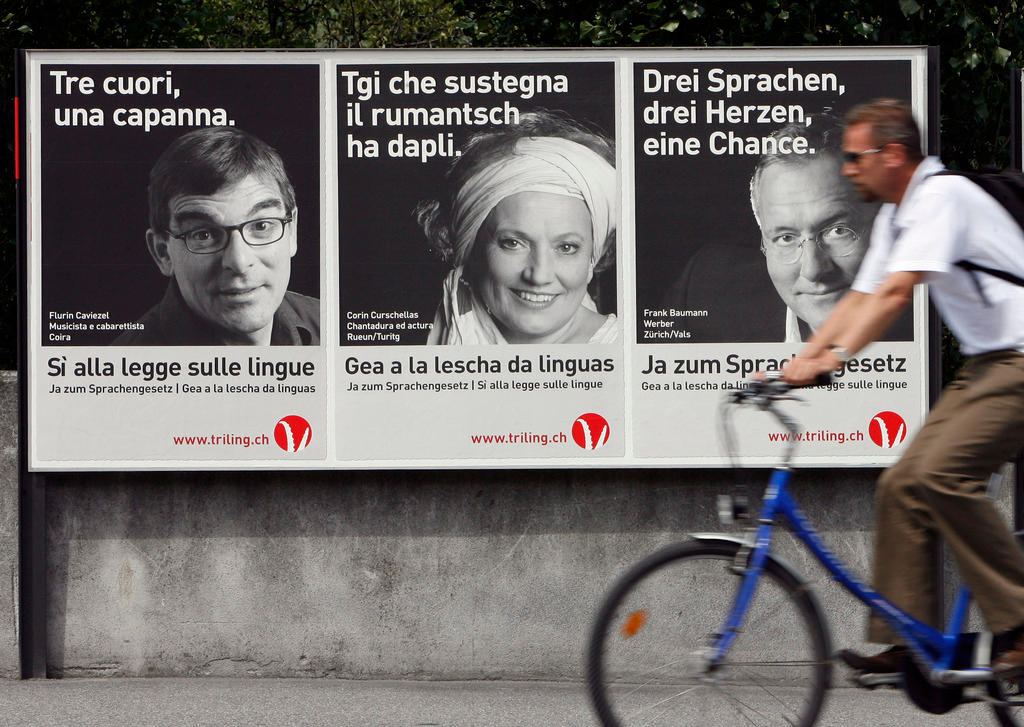Life as a bilingualism researcher in Switzerland
Looking back on my research career which has spanned several countries, and many decades, I realize that Switzerland has had a major influence on it.
It all started when my English mother removed me from a small French village, north of Paris, where I was living with a foster mother, and literally dropped me off at Aiglon College in Chesières-Villars. Within a few months, at age eight, I went from being monolingual in French to bilingual in French and English. And at the end of my stay, six years later, I had become a mosaic of French, English, American and Swiss French cultures reflecting those of the boys around me.
The vagaries of life then took me to England where I did four years of secondary schooling, France where I did all my university studies, and the United States where I had a university position in Boston for twelve years. That said, I often came back to Switzerland, first alone, and then with my wife, as I felt that some of my roots were definitely here. I even did an SCIExternal link camp in Andiast one summer when I was a student, and thereby discovered a canton I did not know, Graubünden.
Whilst in the United States, my interest in the academic topic of bilingualism was revived (I had already done a Master’s thesis on it in Paris) and I asked Harvard University Press whether they would accept that I write an introduction to the field. Much to my amazement, since I was still in my early thirties, they accepted and Life with Two Languages: An Introduction to BilingualismExternal link came out in 1982. Fortunately, it enjoyed some success and is still being bought and cited.

Something equally important happened in 1982. It was that very year that I came on sabbatical to the University of Neuchâtel with additional lectureships in Basle and Zurich. I was finally back in Switzerland, admittedly for just a year this time, studying a topic that is so much part of Swiss life. It was during that year that I worked on my holistic view of bilingualism which states that the bilingual is not two monolinguals in one person. I also worked on what it means to be biculturalExternal link. On a more personal level, I observed how my own two boys became bilingual. They had grown up monolingual in English in the United States and this was their first prolonged contact with another languageExternal link.
In 1986, I was offered a professorship at Neuchâtel and asked to start a laboratory in speech and language processing which I headed for twenty years. I continued working on bilingualism and some 16 of my Master’s students did individual projects which involved the country’s national languages. During that time, I developed the language mode concept which explains how bilinguals, in their everyday interactions, keep their languages separate or let them intermingle depending on a number of factorsExternal link. I also worked on the Complementarity Principle, that is the fact that bilinguals usually acquire and use their languages for different purposes, in different domains of life, with different people. Different aspects of life often require different languagesExternal link.
Having worked on the sign language of the Deaf when I was in the United States, it was only normal that I would become involved with the Swiss Federation of the Deaf here. On one occasion, they asked me to give a short presentation on sign-speech bilingualism. I had always defended this type of bilingualism and out of this talk came a short text, The right of the deaf child to grow up bilingualExternal link. It has since been translated into more than 30 languages, four of which are sign languages.
In 1998, I had the privilege of co-founding and being the first coordinating editor of the Cambridge University journal, Bilingualism: Language and CognitionExternal link. Starting a journal is extremely rare for an academic but we were lucky, the journal has done very well, and its impact factor now puts it third out of 180 linguistics journals.
When I took early retirement for health reasons in 2007, I suddenly had ample time on my hands to do what I like best – read, think and write. I set about writing books and have finished seven since, most notably, Studying BilingualsExternal link, Bilingual: Life and RealityExternal link which has already been translated into Italian and Arabic, The Psycholinguistics of BilingualismExternal link (with Ping Li), and, in French this time, Parler plusieurs langues: le monde des bilinguesExternal link. I also wrote a book on my father, Roger GrosjeanExternal link, and one on my parentsExternal link whom I did not know well when I was a child. Currently, I am working on two new books.
I also have a blog on bilingualism hosted by Psychology Today, “Life as a bilingualExternal link“. There are numerous blogs on bilingualism, many of them written by parents of bilingual children, but the latter are not themselves researchers in the field of bilingualism. I have always felt that those involved directly in that scholarly work can therefore play a crucial role in getting that knowledge out. Since the blog’s onset in 2010, some 125 posts have been published, and close to 1.3 million people have come to read them. Aneta Pavlenko joined me in 2014 and since then, we alternate publishing our postsExternal link.
As can be gathered from the above, I am basically interested in the bilingual person, adult or child, but I have a permanent interest in national statistics and, in particular, on how one should tabulate bilinguals. I have written several newspaper op-eds on how it is done in Switzerland. I have even ventured into the definitely hot debate on how many languages should be taught in our primary schools here in Switzerland. I am a defender of cantons doing as they think best but I realize that not everyone agrees with my position.
So, yes, Switzerland has had a huge impact on my life as a bilingual, and on the research I have conducted in this area. I am grateful to it for having welcomed me, first as a child back in the 1950s and then as an adult, this time for good. Its multilingualism and multiculturalism will continue to fascinate me, and to inspire me in the years to come.
The views expressed in this article are solely those of the author, and do not necessarily reflect the views of swissinfo.ch.
Opinion series
swissinfo.ch publishes op-ed articles by contributors writing on a wide range of topics – Swiss issues or those that impact Switzerland. The selection of articles presents a diversity of opinions designed to enrich the debate on the issues discussed.

In compliance with the JTI standards
More: SWI swissinfo.ch certified by the Journalism Trust Initiative




You can find an overview of ongoing debates with our journalists here. Please join us!
If you want to start a conversation about a topic raised in this article or want to report factual errors, email us at english@swissinfo.ch.